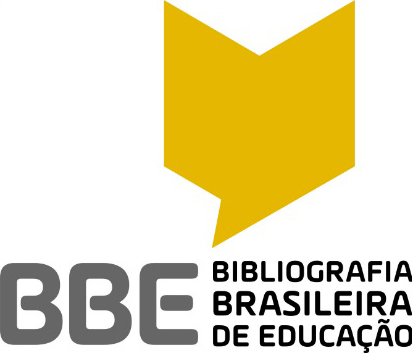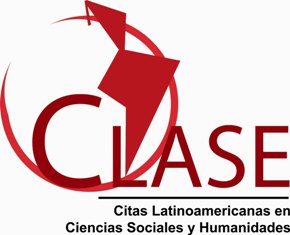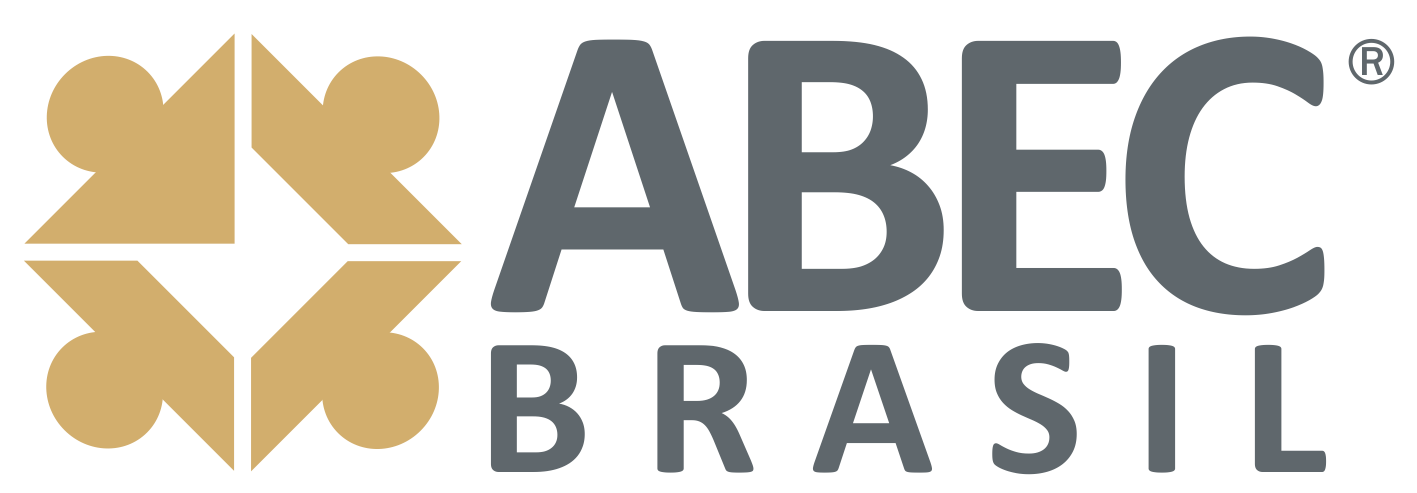History teaching and the use of augnented reality
DOI:
https://doi.org/10.22169/revint.v16i37.2118Abstract
ABSTRACT
Augmented reality is a digital technology that complements the real world by inserting digital elements,
thus improving the user experience. This additional information can be images in 3 dimensions,
videos, sounds or animations. This technology requires an electronic device to capture the real world
and mix it with digital information, being greatly favored by the development of smartphones and
tablets. Several areas of knowledge have been studying augmented reality to understand how they
can benefit from its characteristics and education stands out among them. This study sought through a
bibliographic review to understand the initiatives in this area with a focus on its benefits and
challenges. Among the various disciplines, this review focused on works focused on History, which by
working with historical objects that are sometimes distant can be favored by augmented reality.
Through the work analyzed in this area worldwide, we found that the use of augmented reality
improves learning and contributes to an increase in the student's intrinsic motivation.
Keywords: Digital technology. Education. Virtualization.
Downloads
References
AZUMA, Ronald et al. Recent advances in augmented reality. IEEE computer graphics and applications, v. 21, n. 6, p. 34-47, 2001.
BILLINGHURST, Mark; DUENSER, Andreas. Augmented reality in the classroom. Computer, v. 45, n. 7, p. 56-63, 2012.
BLANCO-FERNÁNDEZ, Yolanda et al. REENACT: A step forward in immersive learning about Human History by augmented reality, role playing and social networking. Expert Systems with Applications, v. 41, n. 10, p. 4811-4828, 2014.
BOSCHI, Caio César. Porque estudar História?. São Paulo: Editora Ática, 2007.
BOTELHO, L. L. R., de Almeida Cunha, C. C., & Macedo, M. (2011). O método da revisão integrativa nos estudos organizacionais. Gestão e sociedade, 5(11), 121-136.
BOWER, Matt et al. Augmented Reality in education–cases, places and potentials. Educational Media International, v. 51, n. 1, p. 1-15, 2014.
BRAGA, Mariluci. Realidade virtual e educação. Revista de biologia e ciências da terra, v. 1, n. 1, p. 0, 2001.
BRAGA, Marta Cristina Goulart; ULBRICHT, Vania Ribas. Revisão Sistemática Quantitativa: identificação das teorias cognitivas que apoiam o design de interface no uso da realidade aumentada na aprendizagem online/Quantitative Systematic Review: identification of cognitive theories that support the interface. Revista EducaOnline, v. 5, n. 1, p. 84-100, 2011.
BUCHNER, Josef; ZUMBACH, Jörg. Promoting Intrinsic Motivation with a Mobile Augmented Reality Learning Environment. International Association for Development of the Information Society, 2018.
BURKE, Peter. A nova história, seu passado e seu futuro. A escrita da história: novas perspectivas. São Paulo: UNESP, 1992.
COSTA, Maria Alcide; CRUZ, Sónia. A UTILIZAÇÃO DA REALIDADE AUMENTADA PARA APRENDER HISTÓRIA: UM ESTUDO COM ALUNOS DO 3. º CEB. Challenges 2015, p. 119.
DUNLEAVY, Matt; DEDE, Chris; MITCHELL, Rebecca. Affordances and limitations of immersive participatory augmented reality simulations for teaching and learning. Journal of science Education and Technology, v. 18, n. 1, p. 7-22, 2009.
DUVAL, Raymond. Registros de representação semiótica e função cognitiva do pensamento. Anais de Didática e Ciências Cognitivas, Estrasburgo, v. 5, p. 35-65, 1993.
EFSTATHIOU, Irene; KYZA, Eleni A.; GEORGIOU, Yiannis. An inquiry-based augmented reality mobile learning approach to fostering primary school students’ historical reasoning in non-formal settings. Interactive Learning Environments, v. 26, n. 1, p. 22-41, 2018.
GIL, A. C. (2002). Como elaborar projetos de pesquisa (Vol. 4, p. 175). São Paulo: Atlas.
GRUBERT, Jens et al. Towards pervasive augmented reality: Context-awareness in augmented reality. IEEE transactions on visualization and computer graphics, v. 23, n. 6, p. 1706-1724, 2016.
GUIMARÃES, Selva. Didática e prática de ensino de história. Papirus Editora, 2014.
HEILIG, Morton L. Sensorama simulator. U.S. Patent n. 3,050,870, 28 ago. 1962.
HSU, Ching-Yin; CHEN, Mei-Wen; WU, Cheng-Chih. Teaching High School Computer Science with Videos of Historical Figures--An Augmented Reality Approach. In: 2015 International Conference on Learning and Teaching in Computing and Engineering. IEEE, 2015. p. 22-25.
IBGE. Pesquisa Nacional por Amostra de Domicílios. Rio de Janeiro: IBGE,2018.
JENKINS, Keith. O que é história. São Paulo: Contexto, 2001.
KARI, Tuomas; ARJORANTA, Jonne; SALO, Markus. Tipos de mudança de comportamento com o Pokémon GO. In: Anais da 12ª Conferência Internacional sobre os Fundamentos dos Jogos Digitais . 2017. p. 1-10.
KIRNER, Claudio. Evoluçao da realidade virtual no brasil. In: X Symposium on Virtual and Augmented Reality. 2008. p. 1-11.
KIRNER, Claudio; KIRNER, Tereza Gonçalves. Evolução e tendências da Realidade Virtual e da Realidade Aumentada. Realidade Virtual e Aumentada: Aplicações e Tendências. Cap, v. 1, p. 10-25, 2011.
KIRNER, Cláudio; TORI, Romero. Fundamentos de realidade aumentada. Fundamentos e Tecnologia de Realidade Virtual e Aumentada, v. 1, p. 22-38, 2006.
LEE, Kangdon. Augmented reality in education and training. TechTrends, v. 56, n. 2, p. 13-21, 2012.
MAGALHÃES, Paulo Sérgio Teixeira de. Realidade Aumentada aplicada ao processo de Ensino/Aprendizagem. 2010. Tese de Doutorado.
MARÇAL, Alessandra de Oliveira. A realidade aumentada como ferramenta de mediação: Análise crítica de sua aplicação no Museu Histórico Nacional. 2018.
MARTINS, Viviane Lima. TECNOLOGIA DE INFORMAÇÃO E COMUNICAÇÃO (TIC) E EDUCAÇÃO. Revista Científica Intr@ ciência, v. 13, p. 1, 2017.
MENDONÇA, Helena A. Construção de jogos e uso de realidade aumentada em espaços de criação digital na educação básica. Metodologias ativas para uma educação inovadora. Porto Alegre: Penso, 2018.
MERCADO, Luís Paulo Leopoldo. Novas tecnologias na educação: reflexões sobre a prática. UFAL, 2002.
MILGRAM, Paul et al. Augmented reality: A class of displays on the reality-virtuality continuum. In: Telemanipulator and telepresence technologies. International Society for Optics and Photonics, 1995. p. 282-292.
MIRANDA, Sônia Regina. História, Memória e Formação de Professores: desafios e perspectivas para o cotidiano de uma didática da História. Ensinar e Aprender História: formação, saberes e práticas educativas. Campinas: Editora Alínea, p. 55-72, 2009.
MORÁN, José. Mudando a educação com metodologias ativas. Coleção mídias contemporâneas. Convergências midiáticas, educação e cidadania: aproximações jovens, v. 2, n. 1, p. 15-33, 2015.
OLIVEIRA, Ana Fernanda Inocente. O sentido da história para a École des Annales. 2014.
PAAVILAINEN, Janne et al. The Pokémon GO experience: A location-based augmented reality mobile game goes mainstream. In: Proceedings of the 2017 CHI conference on human factors in computing systems. 2017. p. 2493-2498.
PAREDES-VELASTEGUÍ, D. et al. Augmented reality implementation as reinforcement tool for public textbooks education in Ecuador. In: 2018 IEEE Global Engineering Education Conference (EDUCON). IEEE, 2018. p. 1243-1250.
PIRENNE, Henri. Une polémique historique en Allemagne. Revue historique, v. 64, n. Fasc. 1, p. 50-57, 1897.
PRATS, Joaquín. Ensinar História no contexto das Ciências Sociais: princípios básicos. Educar em revista, p. 191-218, 2006.
SANTOS, Fábio Maurício Fonseca; ALVES, André Luiz; DE MAGALHÃES PORTO, Cristiane. Educação e tecnologias. Revista Científica da FASETE, p. 44, 2018.
SILVA, Daniel Oliveira et al. Solução educacional para auxiliar as aulas de história local do ensino fundamental II.
SUTHERLAND, Ivan E. A head-mounted three dimensional display. In: Proceedings of the December 9-11, 1968, fall joint computer conference, part I. 1968. p. 757-764.
TEZANI, Thaís Cristina Rodrigues. A educação escolar no contexto das Tecnologias da Informação e da Comunicação: desafios e possibilidades para a prática pedagógica curricular. Revista Faac, v. 1, n. 1, p. 35-45, 2011.
TORI, R. Educação sem distancia: as tecnologias interativas na redução de distancias em ensino aprendizagem. São Paulo: editora SENAC São Paulo, 2010.
UTAMI, Indah Wahyu Puji; LUTFI, Ismail. Effectivity of Augmented Reality as Media for History Learning. International Journal of Emerging Technologies in Learning, v. 14, n. 16, 2019.
Downloads
Published
How to Cite
Issue
Section
License
Os direitos autorais dos artigos publicados na Revista são de acordo com a licença CC-BY-ND - Creative Commons ( https://creativecommons.org/licenses/by-nd/4.0/legalcode)
Esta licença permite que outras pessoas reutilizem o trabalho para qualquer finalidade, inclusive comercialmente; no entanto, não pode ser compartilhado com outras pessoas de forma adaptada e o crédito deve ser fornecido ao autor.
Os direitos autorais dos artigos publicados na Revista são do autor, com os direitos de primeira publicação para a Revista





























